Texas A&M Students Participate In 2020 Veterinary Entrepreneurship Academy
While many students are drawn to veterinary medicine because of their love for animals, those who take the time to explore the field are often impressed by the expanding world of veterinary entrepreneurship.
The Veterinary Entrepreneurship Academy (VEA) was designed to expose students to those opportunities through a 10-week summer program that combines virtual classroom learning with an internship at a veterinary startup company.
Five Texas A&M students, four of whom are from the College of Veterinary Medicine & Biomedical Sciences (CVMBS), participated in the 2020 VEA to expand their knowledge of business and entrepreneurship.
Students interested in participating in the VEA during the summer of 2021 can request more information on the VEA website.
Anna Blick
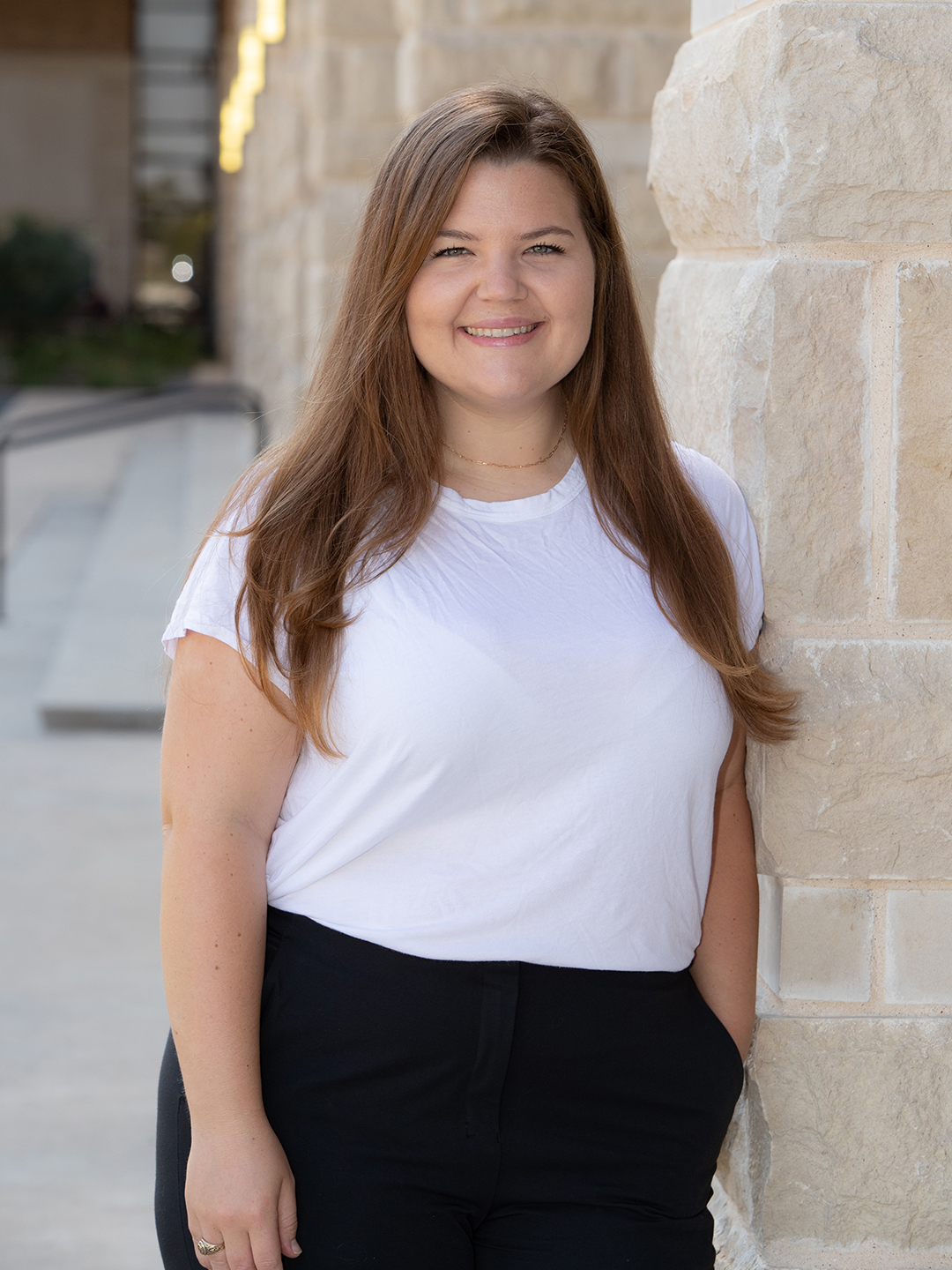
Anna Blick, a third-year veterinary student from College Station, plans to pursue a career in diagnostics and research. When the VEA matched her with the veterinary biotech company Zomedica, which makes feline and canine medical devices for clinical veterinarians, she saw it as the perfect opportunity to learn more about her interests at a real company.
“I got to see the inner workings of what happens inside one of those companies, which was huge for me because I don’t think I would have ever gotten an opportunity to see that outside of the VEA,” Blick said. “It really allowed me to get a more specific perspective on exactly what goes on, and that’s allowed me to add to a widening perspective of what veterinary medicine can be and how you can apply your degree.”
At Zomedica, Blick spent time in each area of the company, from marketing to research to data analysis. For one project, she worked with the company to evaluate the performance of a new diagnostic test.
“They were in the very beginning stages of getting data back from partner institutions,” Blick said. “I applied statistics with the research team to help show Zomedica where they were at. I also worked with the marketing team to determine different places they wanted to market themselves as a company.
“Every other week, I met with the CEO and we were given discussion topics that fostered really good conversations,” Blick said. “It was really surprising to me how much the company itself was invested in me and wanted me to get the most out of this as possible.”
Blick plans to use the business skills she learned this summer as she continues on the path toward her career in research. Now that she knows the behind-the-scenes workings of a research and development company, she feels even more prepared to pursue her goals.
“I started doing research when I was an undergrad and I realized that there’s a lot of satisfaction with being able to produce a product that gets applied in a clinic,” Blick said. “You can actually see the benefits to community health within a population of animals and a population of humans.”
Isamar Lara
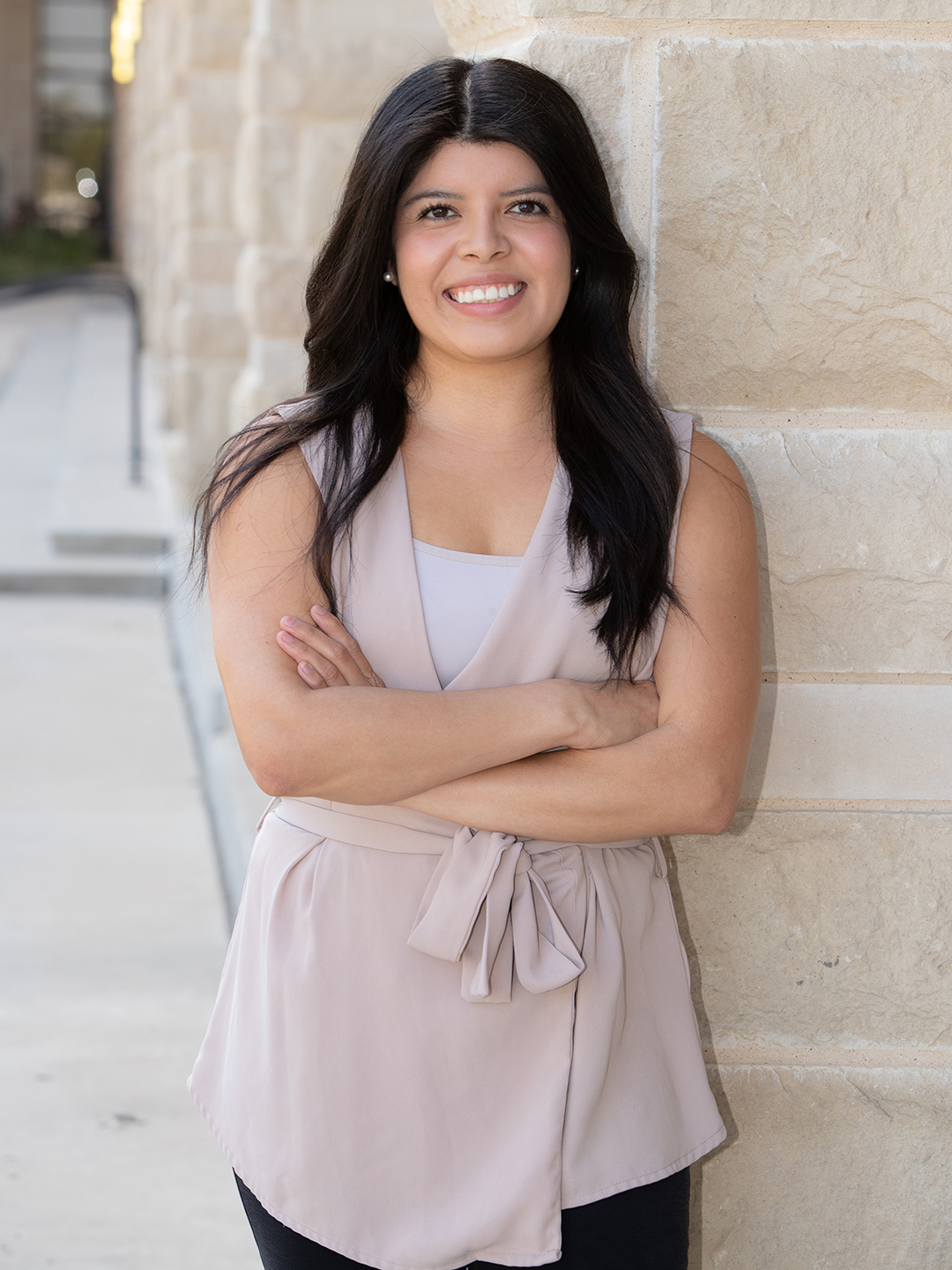
After Isamar Lara, a third-year veterinary student from San Antonio, moved to the United States from Mexico City as a young child, she watched her parents start their own business from the ground up. Seeing how hard they worked encouraged her to learn more about business as she pursued veterinary medicine.
She became active in Aggies Invent: Veterinary Medicine and the Veterinary Business Management Association before jumping at the chance to work with a startup company for the 2020 VEA.
While working with PetHub, a company that specializes in pet ID tags, Lara spent much of her time doing market research and talking to veterinarians across the country about their thoughts on rabies tags.
“I called veterinary clinics and asked them what issues they have with the tag, what their pain points are, and what they wish that we could change,” Lara said. “My company wanted to see if they were interested in using our tags as rabies tags, which would allow someone who finds a dog to have our tag scanned and then automatically get the records that say it is vaccinated for rabies.”
She then compiled her findings into a report that the company can use when developing their new product.
Lara first developed her love for animals while living in Mexico City, where she noticed a large number of lost dogs that never found their way home. She and her brother created a Facebook page to help owners find their lost pets, which eventually led to her decision to pursue a career as a veterinarian.
Now, she’s considering using her new skills to open her own business, too.
“Before the VEA, I didn’t think I was going to own my own business because I didn’t have the tools or the confidence, but after doing this internship, I have the confidence and want to own my own business,” Lara said.
“The two major things I learned are that it’s OK to ask for help and it’s OK to fail and try again,” she said. “I think students should definitely consider participating in the VEA because even if you don’t think you need any experience in business, you do.”
Madelyn Newland
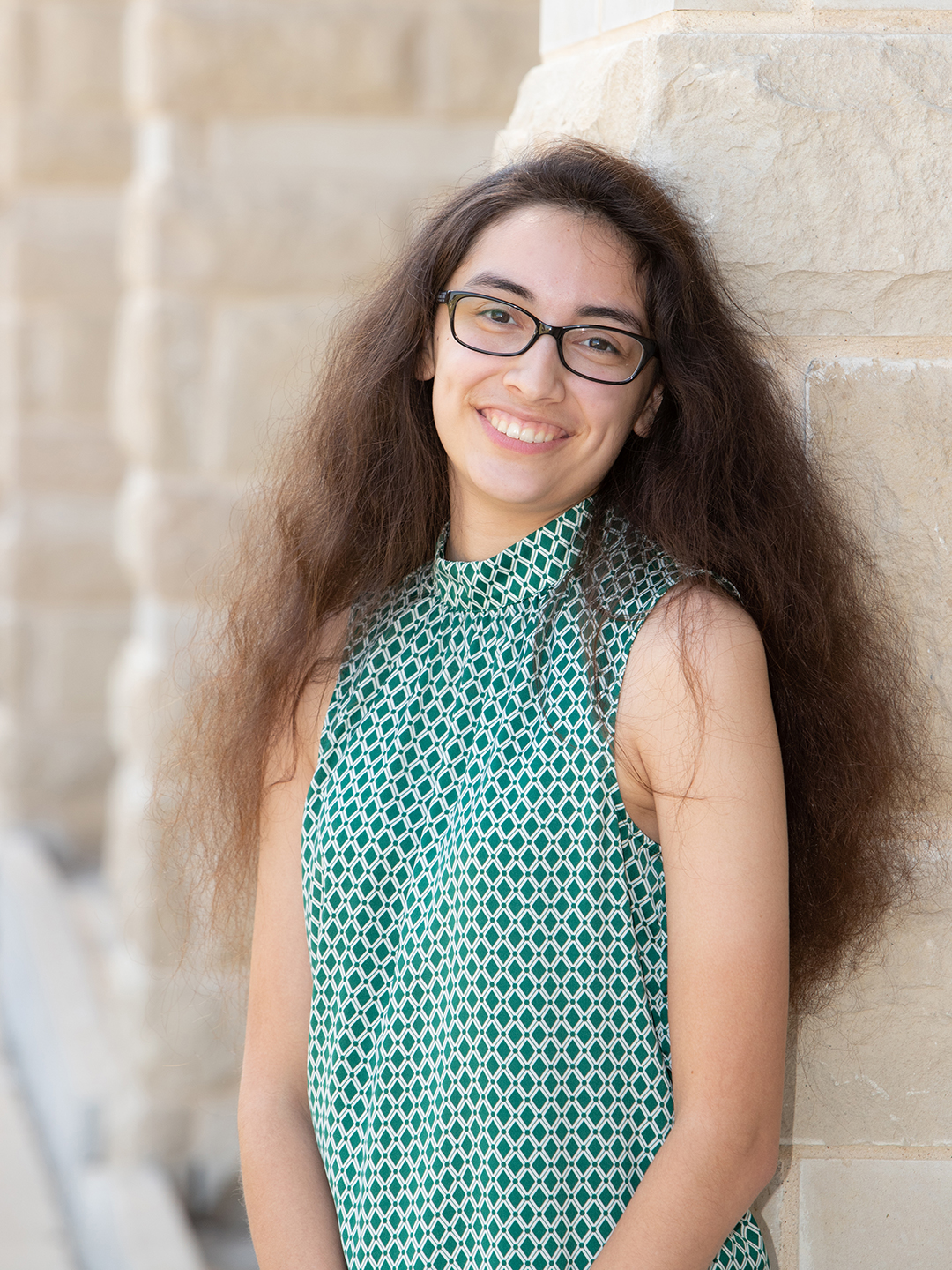
Madelyn Newland, a junior pre-veterinary animal science major from Fort Worth, first developed an interest in entrepreneurship while creating a project for Aggies Invent: Veterinary Medicine in 2019. After presenting her project at the Veterinary Innovation Summit later that spring, she learned of the VEA and knew she needed to apply.
“Stephanie Young (a VEA alumna) was one of the speakers at the summit and when she spoke on behalf of SKYPaws, her company, it blew my mind that a girl a year above me was already CEO of her own company,” Newland said. “It also deviated so much from the standard that I had thought we all had to follow. That was a really eye-opening experience; that’s why I was so driven to seek out the VEA and put myself out there into this new realm of business and entrepreneurship.”
This summer, Newland worked with drip.vet, an online continuing education platform that strives to help veterinarians reach financial success.
“Our overall goal is to reduce suicide rates in the veterinary profession by educating people about their financial options and their abilities to bring themselves out of debt and function in a profession that has a very low margin of error,” Newland said.
“I served as their pre-veterinary student ambassador this summer and worked with them a lot on reaching pre-veterinary students,” she said. “We revamped their social media, developed a presence on LinkedIn, and started reaching our hand into the pre-veterinary societies across the nation.”
As she prepares to begin applying to veterinary schools, Newland has a fresh outlook on the possibilities within veterinary medicine and a greater confidence to pursue them.
“Coming into college, I never allowed myself to even consider operating in the business sector because I didn’t feel that I was capable or had the background for it,” Newland said. “Now, I actually feel that if I wanted to start a business, I could do it. I’m much more confident and I’ve lost so much of that fear that I wouldn’t be able to operate in such a competitive sector.”
Newland encourages fellow students to pursue opportunities like the VEA, even if they don’t plan to have a career in business.
“Keep your goals alive and work toward them, but don’t be afraid to branch out, particularly in business and technology, because those sectors are advancing in leaps and bounds, even ahead of medicine at times, and that’s something we need to be involved in,” she said.
Gabriela Vega
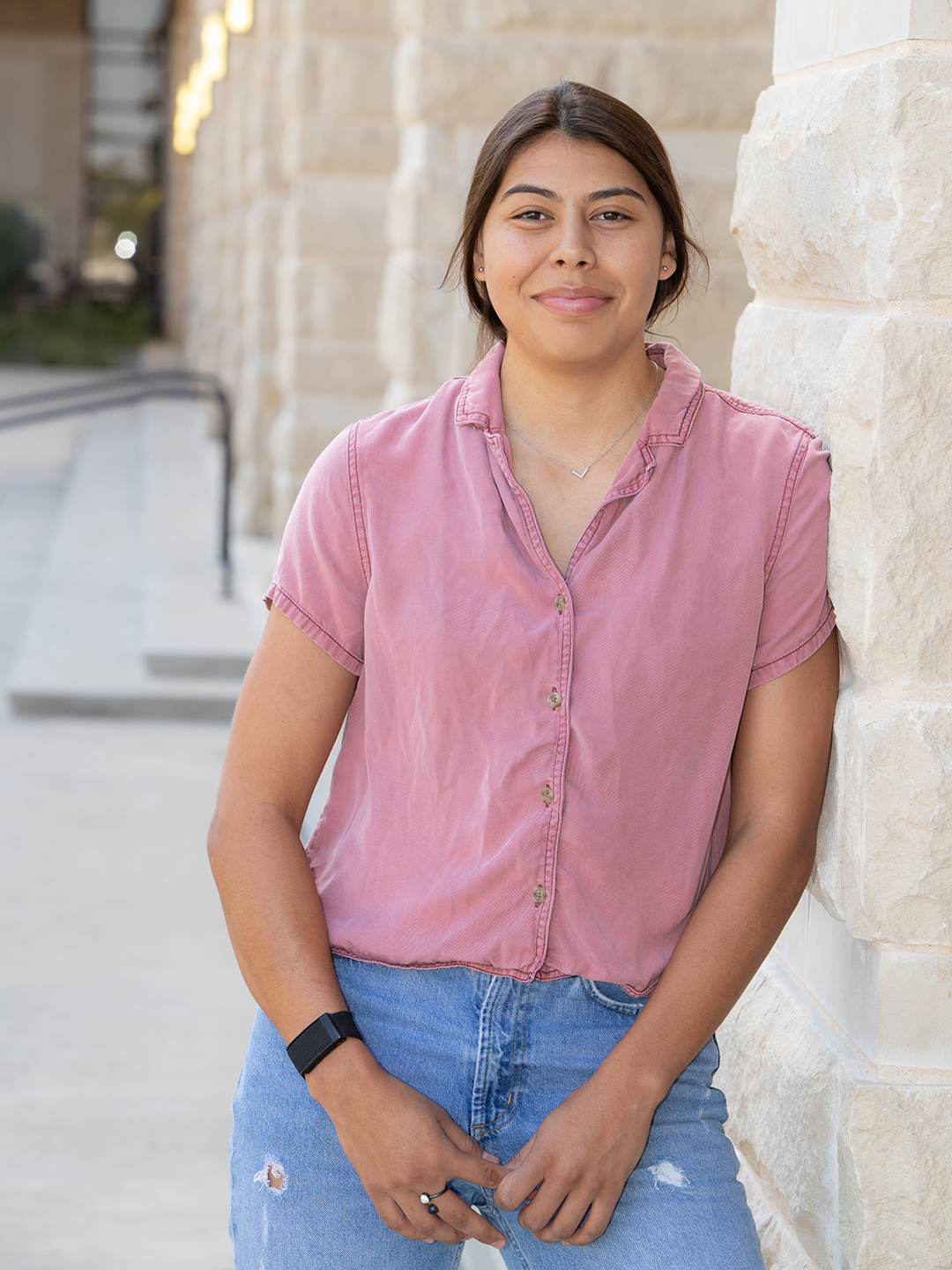
Gabriela Vega, a third-year veterinary student from El Paso, spent many years traveling for school and visiting veterinary clinics in Texas, Colorado, and Hawaii. She entered veterinary school thinking that most veterinarians spent all day in clinics but soon discovered a whole other world in veterinary innovation and entrepreneurship.
“I like to talk about veterinary medicine as a pie,” Vega said. “I used to think that being a clinician was the whole pie, and then I got into veterinary school and saw that it’s clearly a very small sliver of veterinary medicine.”
During the 2020 VEA, Vega worked with Harbor, a networking platform like LinkedIn that is exclusively for veterinarians and veterinary students.
“My project was to reach out to create a student ambassador program at every veterinary school in the country,” Vega said. “I did a lot of Zoom time interviewing second- and third-year veterinary students from all the veterinary schools and that was not what I was expecting out of this internship, but it was a super cool experience that I had never gotten before.
“At the beginning of this program, my goal was to be open minded and to learn anything that I could,” Vega said. “I’ve learned so much about the business side of veterinary medicine. I got to see the behind-the-scenes parts of the company and then, at the same time, understand the value of all those behind-the-scenes pieces.”
After the 10-week internship, Harbor asked Vega to join their team as the director of student ambassadors, giving her the opportunity to continue working with the company as she finishes veterinary school.
After she graduates, Vega plans to pursue a career as a small animal emergency practitioner, eventually opening several clinics of her own. Now that she knows essential skills like how to plan her businesses with a business model canvas, she feels even more prepared to do so.
“Knowing who my customer segments are and really understanding every piece of the whole clinic will be important,” she said. “I also now know that there are other people to reach out to when going through that process.”
Katie Zimmerman
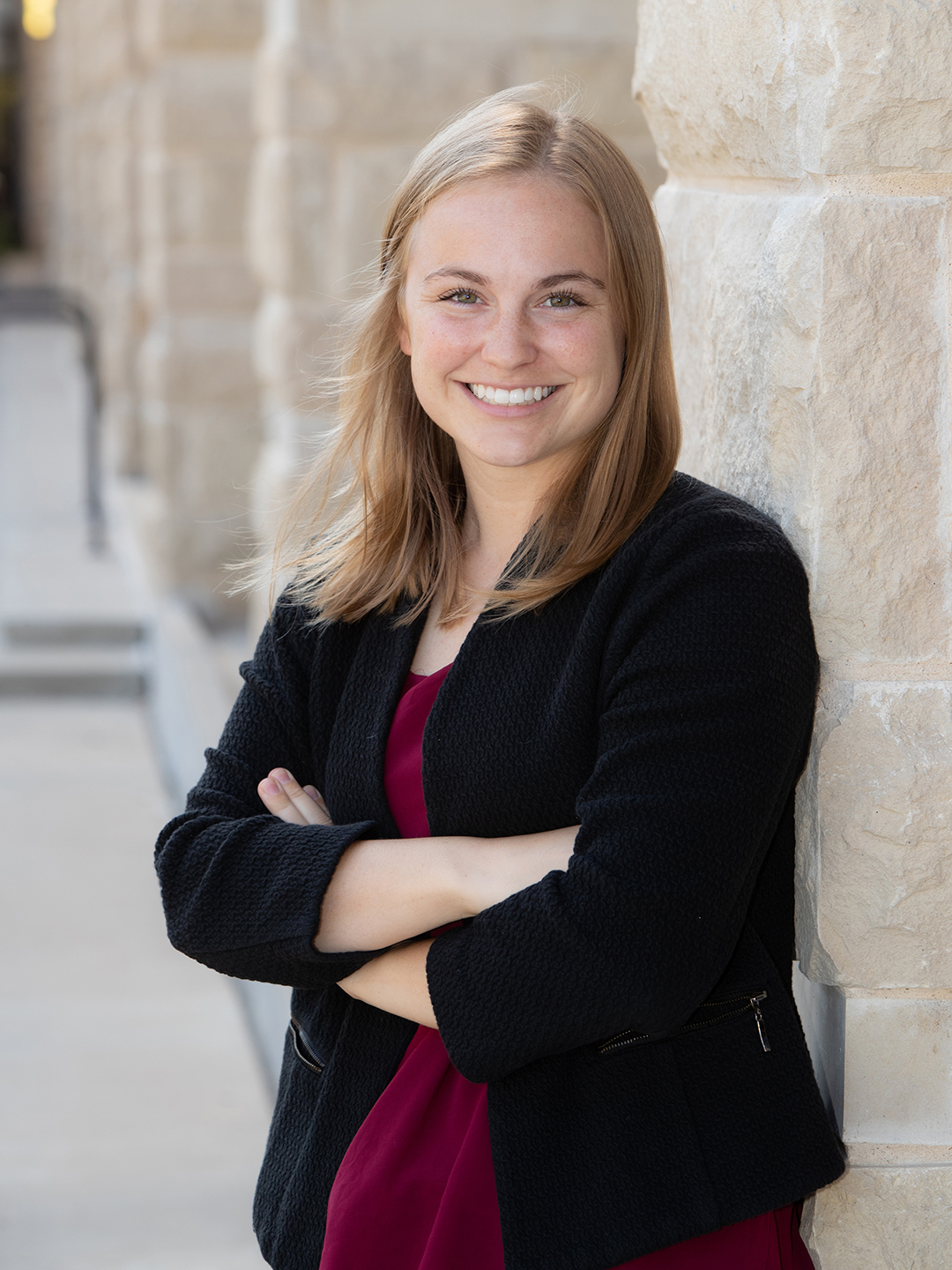
When Katie Zimmerman, a second-year veterinary student from Dallas, was planning her summers during veterinary school, she decided that rather than working in clinics each year, she could get a wider range of experiences by participating in the 2020 VEA.
She spent her summer partnered with Roo, an online relief work platform for veterinarians, helping them reach out to students and improve their familiarity with the concept of relief work (when veterinarians provide services to clinics on an as-needed basis).
“I was trying to help Roo get their foot in the door when it comes to reaching students at A&M, because right now it’s just a company in Houston and Dallas, so it’s a really specific group of students we were trying to reach out to before expanding to other areas,” she said.
“I also joined in on their weekly team meetings,” she said. “I was honored that they really valued my opinion as a member of their target audience because most of them were not actually from the field of veterinary medicine and my experiences allowed me to bring in a different perspective.”
Zimmerman encourages first-year veterinary students to begin exploring the many areas within veterinary medicine as soon as possible, especially those that cannot be learned as easily in a clinic.
“I can master IV catheter placements down the road, but I’ll never again have an opportunity to work with a startup and see how detailed and important it is to create a business based off of certain types of values,” she said. “Getting through veterinary school is challenging, and I think when you expose yourself to so many different things in veterinary medicine, you can get closer to what you want to do.”
As for what she wants to do after veterinary school, Zimmerman is still deciding, but now has a brighter outlook on the future, no matter what she chooses.
“I don’t know exactly what I’m wanting to do after I graduate, but I know I want to work with small animals,” Zimmerman said. “I feel a lot more secure after the VEA, knowing that I don’t have to have my path 100% solidified at any point. It’s OK to graduate and give myself opportunities to find out what I really want to do. It was really cool to learn that I don’t have to put myself in a box and that I can do other things and still be a veterinarian.”
###
Story by Megan Myers, CVMBS Communications
For more information about the Texas A&M College of Veterinary Medicine & Biomedical Sciences, please visit our website at vetmed.tamu.edu or join us on Facebook, Instagram, and Twitter.
Contact Information: Jennifer Gauntt, Director of CVMBS Communications, Texas A&M College of Veterinary Medicine & Biomedical Sciences; jgauntt@cvm.tamu.edu; 979-862-4216


